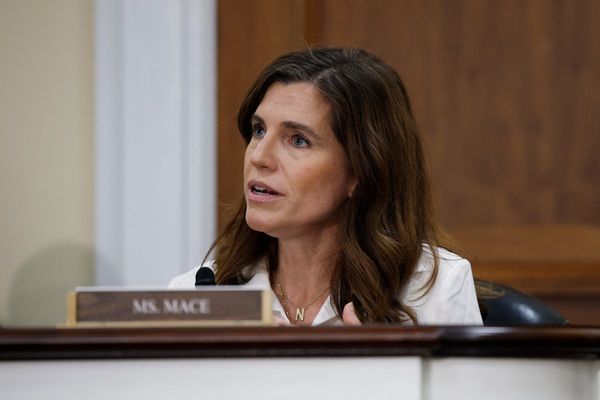
Heathrow is introducing narrower flights paths using a new way of guiding planes in and out of the airport.
Performance Based Navigation (PBN) uses satellite navigation, rather than conventional navigation techniques based on ground-based beacons.
The new navigation system, which Heathrow says is similar to a “sat nav” for cars, will allow narrower flight paths for planes as part of an airspace modernisation programme for airports in London and across the country.
But PBN has prompted warnings from Richmond Council of “noise sewers” in London’s skies, impacting on communities below, as narrower flight paths would mean more intense aircraft traffic over some areas.
This has raised concerns that some parts of the capital could suffer more noise pollution, affecting schools, open spaces and possibly hitting house prices.
The adoption of PBN is separate from the west London airport’s plans for a third runway which may be revived shortly as it sees record number of passengers.
Heathrow has published 181 options for Airspace Design which include a range of potential landing/take-off routes, including some areas not currently overflown, Richmond Council has stressed, with 117 documents submitted to the CAA as part of Stage 2 of the plans.
The highly technical papers set out the principle of the reforms, and a detailed list of proposed flight paths has not yet been published, nor has a shortlist of options.
So, it is not possible to say with any certainty at this stage which areas of the capital could be under the new flight paths for Heathrow and London City Airport, the two whose traffic most affects the capital.
However, John Stewart, chair of the HACAN East group, which gives a voice to residents impacted by London City Airport, said: “Both airports have committed to, wherever possible, alternating the narrow flight paths in order to provide respite for communities.
“Even so, many residents will notice a difference because the flight paths will have planes one after another.
“In order to provide respite some areas will see an increase in the number of planes overhead but few areas will get planes for the first time.”

The switch to the new technology aims is to create more direct routes to improve efficiency, save on fuel costs and cut climate emissions per plane.
But Mr Stewart highlighted: “London City Airport concentrated its routes in 2016 (leading to almost a fivefold increase in complaints in the first year of operation). It is so far the only UK airport to have the new type (PBN) of flight path.”
London City is expected to have to change its flight paths as part of the wider reforms in London and the South East over the next two or three years.
Airports, including Gatwick, Stansted and Luton, are expected to cut down the number of options for the new flight paths before they go out for public consultation in the second half of 2025 or early 2026.
“A key aim of the changes is to create dedicated flights to and from all airports in London and the South East,” said Mr Stewart.
“If that can be achieved (and it is quite a big if), it would end the concept of shared airspace where planes from one airport need to fly lower than they otherwise would in order to avoid planes from other airports,
“So, potentially, the airspaces changes could enable aircraft to be higher over a lot of communities.”
Heathrow stresses: “We understand that narrower flight paths due to the introduction of PBN is a concern to some local communities.
“Heathrow is committed to working with residents, local stakeholders and the aviation industry to find ways to realise the benefits of PBN, while seeking to limit negative effects from aircraft noise.”
The airport has already engaged with community groups on the design principles for the airspace change proposals.
“Discussions have included looking at options to ‘share’ aircraft noise to reduce the potential impact of future flight paths being more concentrated,” it added.
“We will continue to consider options to mitigate the potential impacts of PBN on our local communities.”







